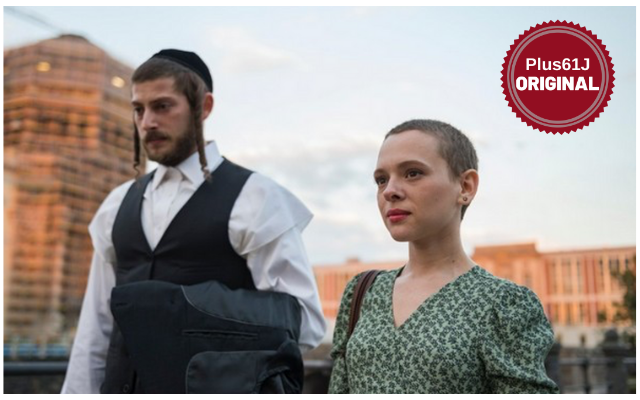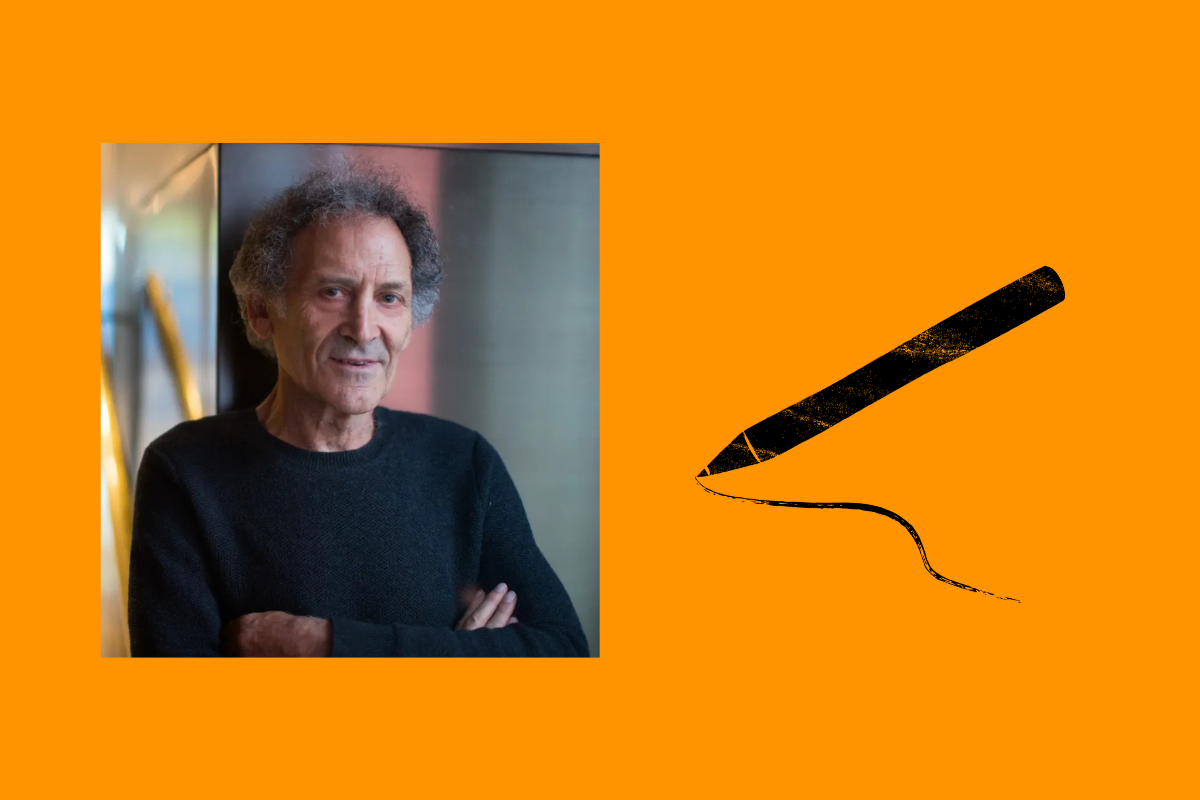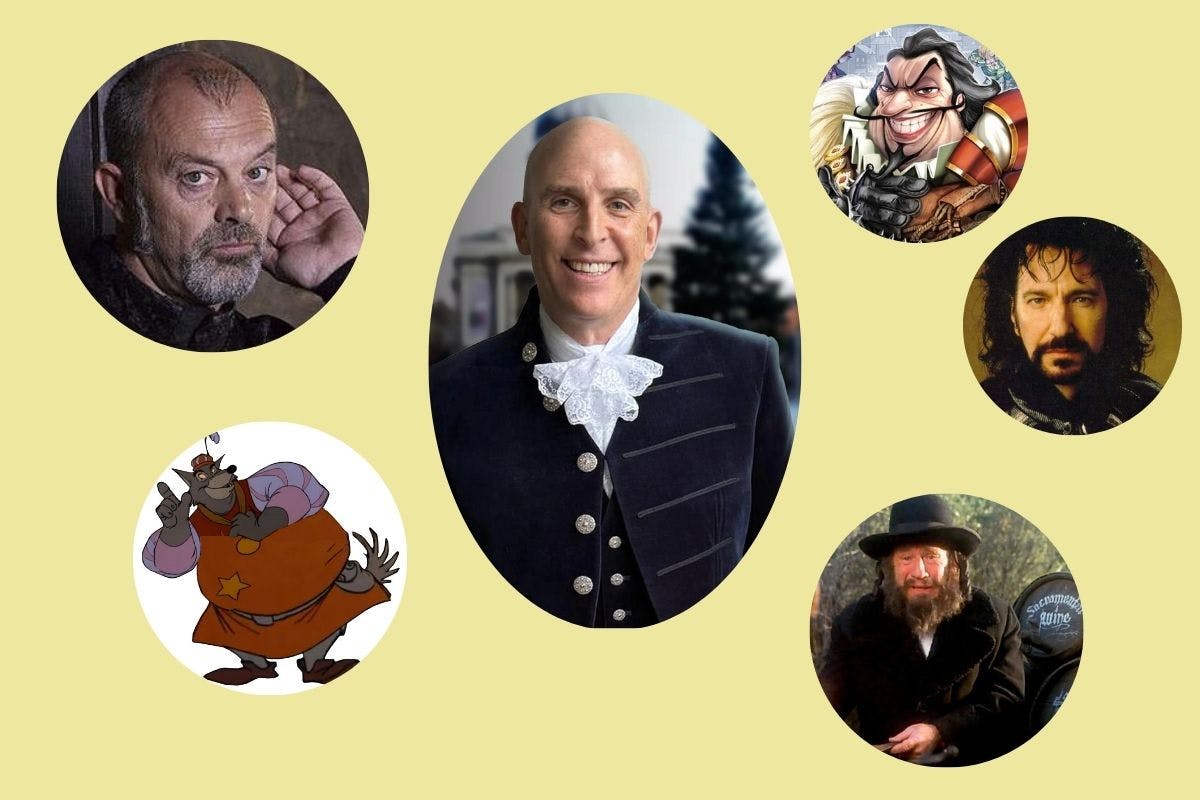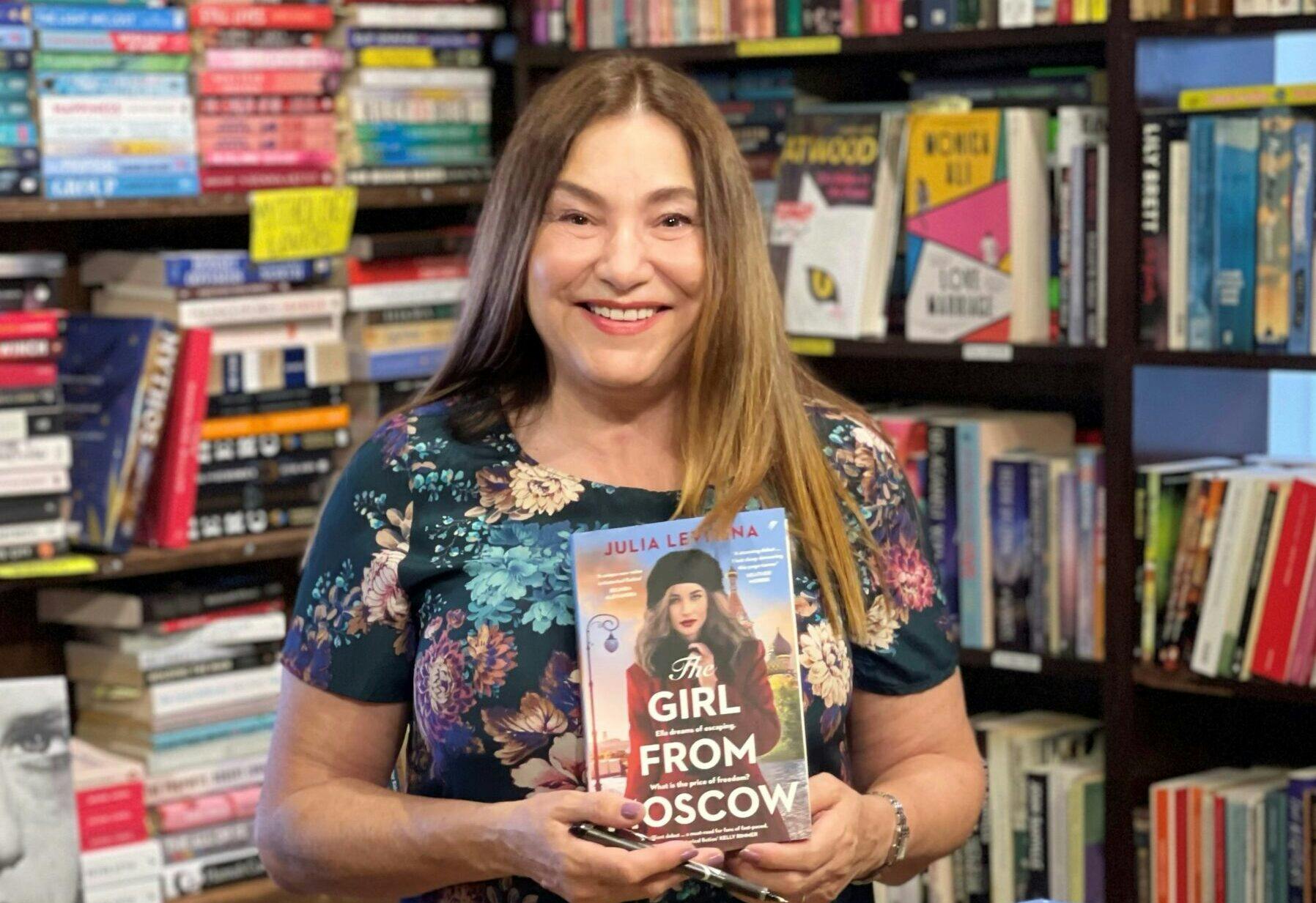Published: 2 April 2020
Last updated: 5 March 2024
ASK A RANDOM JEWISH PERSON outside Glick’s Bagels to name a Jewish religious group, and some of the answers you will hear are Orthodox, Conservative, Reform or secular. It’s very unlikely ex-Haredi will be mentioned. This category of Jews is only a fraction in size compared to the other denominations, and although it continues to grow every year, it still remains one of the least understood.
Ex-Haredim have no formal shules, schools, rabbis or institutions. They are clearly not Orthodox, but neither are they completely secular after their years of being immersed in Torah study. Living in Jerusalem, I often come across ex-Haredim. They are easy to identify; it takes only a few minutes’ discussion about religion, politics or culture.
Ex-Haredim, also sometimes called “off the derech” (meaning off the path) by their former family members, have been the subject of many films that seek to reveal their struggles to a wider audience. In the first talking film, The Jazz Singer, made in 1927, Al Jolson plays a cantor who wants to be a musician.
Recently, Shtisel has been popular with Hasidism and non-Hasidim alike, given it’s an empathetic and warm depiction of the struggles and joys of Haredi life in Jerusalem.
It’s no surprise that during the coronavirus lockdown in Israel, the number 1 show on Netflix this week is Unorthodox, a new series loosely based on the true story of Deborah Feldman and her departure from the Satmar community in Williamsburg, Brooklyn. The show is 10th in the US Netflix charts.
Viewers have been captivated by a script filled with stark contrasts between religious and secular life, riveting acting, especially from Shira Haas in the lead role, and the attention to detail in the costumes.
Watching the show, it was hard not to feel an intense feeling of disdain for the family members and rabbis of the Satmar community who control every aspect of the life of the protagonist, Esty Shapiro, even though I know in reality there is much warmth in all the Chasidic families I have met in Melbourne.
It was hard not to feel an intense feeling of disdain for the family and rabbis of the Satmar community who control every aspect of the life of Esty, even though I know there is much warmth in all the Chasidic families I have met in Melbourne.
The laws of halacha are not a series of confounding restrictions, but rather opportunities to connect with God in every daily moment of their lives, which brings them great bliss. The lack of joy seen in Esty’s family has led some ex-Chasidim such as Freida Vizel, who leads walking tours of Hasidic Williamsburg, to claim Unorthodox is “secular culture propaganda”.
When I spoke to Vizel, she despaired at how the show sinks into an anti-Haredi bias, not unlike how she was forced to see the secular world when she was Haredi, “black and white, good and bad, only with the roles of good guy and bad guy reversed”.
In Unorthodox, shortly after the teenage Esty is married to a man she barely knows, we learn that she suffers from vaginismus, involuntary muscle spasms due to fear and anxiety around sex. Every bedroom scene looks more like an assault than lovemaking.
[gallery columns="1" size="large" ids="34629"]
Esty’s pain and her inability to have sex and conceive a child become public knowledge in the community, which cause her great embarrassment and shame. Ultimately, her husband, pressured by his mother, demands a divorce which causes Esty to hurriedly leave New York for her estranged mother’s home in Germany.
In Berlin, Esty encounters a wonderfully diverse group of music students who embrace her, without judgment, and help Esty as she tries to achieve her dream of becoming a professional musician. The contrast to the way she was treated by the Satmar Chasidim could not be more striking.
When Dassi Erlich, one of several students sexually abused by Malka Leifer when she was principal of Adass Israel school in Melbourne, spoke to The Jewish Independent this week about watching the show as a former member of a Chasidic community in Melbourne, she said “it’s very rare to see the life that I lived depicted on the screen so accurately, (a life) which is rare to see in mainstream media.”
She found the series “both validating and triggering because there are many things you forget when you leave a community. You forget the patriarchal culture and the way that lifecycle is part of every single part of your day.”
Erlich added that “she mourns for children who grew up suffering because they didn't fit into the mould of who they are expected to be” while acknowledging that she sees “the beauty in belonging (to a tight knit community) but also the pain in the lack of autonomy, - particularly for women.”
[embed]https://www.youtube.com/watch?v=TP9zlenBr78[/embed]
Other former Haredim I spoke to also found comfort in having their stories validated to a wider audience.
However, I was troubled by some of the scenes in Germany where Esty’s hardened resolve transforms into an affable character who is welcomed into a super liberal post-modern society in Berlin where Jews and Muslims play classical music together and no one is judged by anything other than their character.
A moment after she leaves New York, we see Esty wearing jeans, eating ham and having a fulfilling sexual encounter with a German boyfriend. While I appreciate that these scenes were intended to be aspirational rather than realistic, I was disappointed by the failure to hold a microscope up to the flaws of secular society in the manner they did for the Satmar world.
In reality, Haredim who leave their communities often struggle to find support networks to provide them with basic education and cultural literacy, let alone the financial support they need to survive in the modern world without a connection to their birth families.
I was disappointed by the creators' failure to hold a microscope up to the flaws of secular society in the manner they did for the Satmar world.
Thankfully, such organisations – such as Pathways Melbourne in Australia and Footsteps in the US – do exist.
For people who leave Haredi communities, these discrete organisations can be crucial to helping people like Esty survive. Unlike other Jewish welfare organisations, these groups rarely get the attention of the mainstream community, nor are they mentioned in Unorthodox.
As a secular Jew with strongly liberal values, Unorthodox gave me a strong urge to “save” Esty and others like her who are stuck in abusive relationships, even if this occurs with their consent. On the other hand, I know that trying to “save” anyone without offering a viable alternative can make an intervention not only useless but downright harmful.
I am grateful to the makers of this series for bringing to light the story of Deborah Feldman and hope that all who see it take heed of the Torah commandments to care for the needy and lost among us.
The emerging group of ex-Haredi will only grow in the coming years, and I wish good luck and strength to all these wandering women and men who deserve to find meaning and purpose in their lives by living according to a set of values they choose.




